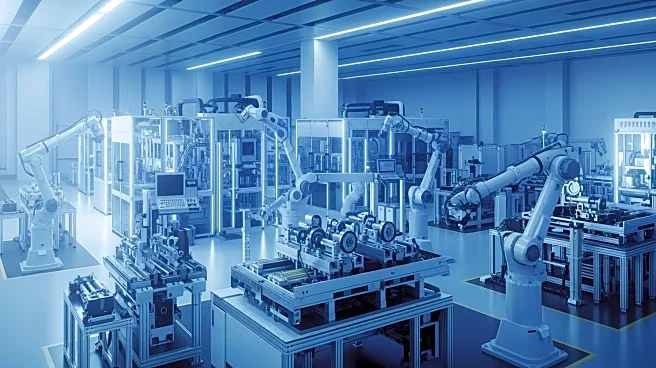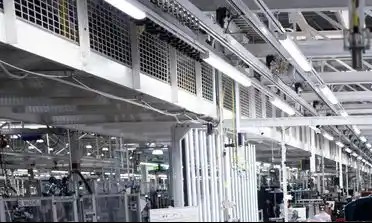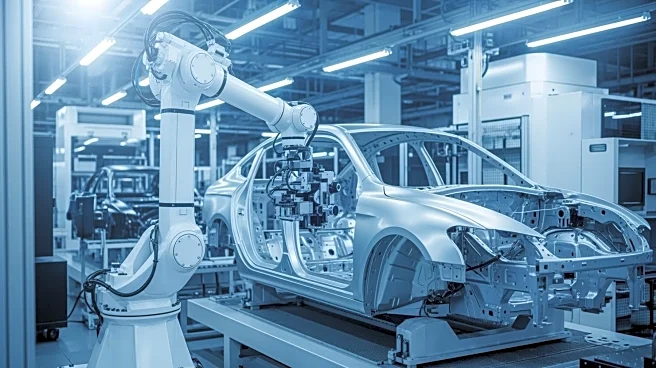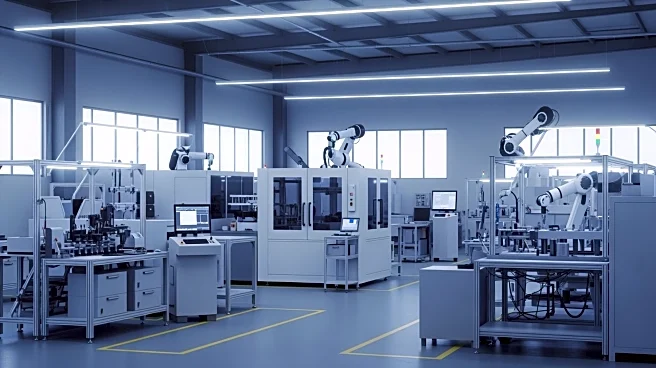What's Happening?
Applied Materials, a leading U.S. maker of semiconductor manufacturing equipment, has announced plans to lay off 4% of its workforce to simplify operations. The company will take a charge of $160 million
to $180 million for the layoffs, mostly in the fourth quarter of fiscal 2025. This decision is part of a broader strategy to streamline operations and improve efficiency. Applied Materials is focusing on optimizing its business processes to better align with market demands and enhance its competitive position.
Why It's Important?
The layoffs at Applied Materials reflect the company's efforts to adapt to changing market conditions and improve operational efficiency. As a major player in the semiconductor industry, Applied Materials' decision to streamline operations is crucial for maintaining competitiveness and profitability. The company's focus on simplifying operations is likely to enhance its ability to meet customer needs and drive growth. This strategic move is important for sustaining its market position and delivering value to stakeholders.
What's Next?
Applied Materials is expected to continue focusing on optimizing its operations and improving efficiency. The company may explore further strategic initiatives to enhance its competitive position and drive growth. As the semiconductor industry evolves, Applied Materials' ability to adapt to market demands and deliver strong financial performance will be key to sustaining its market position. The company's focus on operational efficiency and strategic investments is likely to attract further interest from investors.
Beyond the Headlines
The decision to lay off employees highlights broader trends in the semiconductor industry, where companies are increasingly prioritizing operational efficiency and strategic investments. Applied Materials' focus on simplifying operations is crucial for maintaining competitiveness and delivering value to stakeholders. As the industry continues to evolve, the company's ability to adapt to changing market conditions and meet customer needs will be increasingly important.












